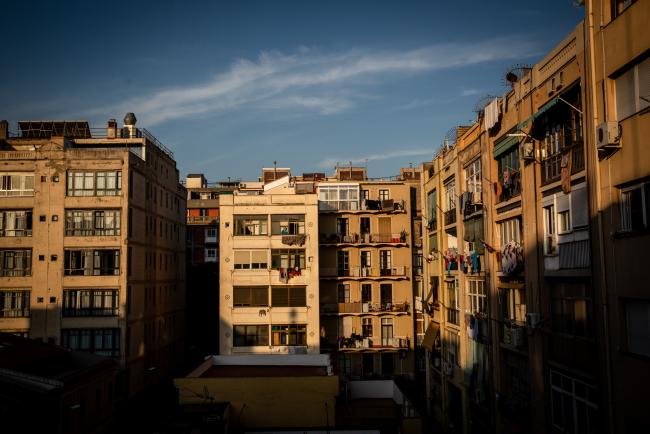(Bloomberg) -- Spanish home prices climbed about 6% annually through June, led by double-digit growth in Madrid and other regions popular with investors and tourists, according to private web sites that publish quarterly data earlier than the government.
Property leaped 14% in Madrid and 13% in the Balearic Islands, which include Majorca, Fotocasa said Wednesday in an emailed statement. On a national level, appreciation was 5.8% versus a year earlier, or 6% as calculated by rival website Idealista.
Spain’s $5.9 trillion home market has attracted private equity investors and developers who study it for signs of cooling off and for how local governments are rolling out rent-restriction measures that may crimp returns. The trends also affect millions of Spanish homeowners and renters, as well as expats primarily from Western Europe who bought second homes or plan to settle in one of the world’s preeminent retirement destinations.
Private property websites use asking prices, which may not be as reliable as government calculations. Idealista’s 6% appreciation matched its annual rate measured through March, while Fotocasa showed a slowdown from 8.4% growth in the earlier period.
For global money managers, comparing property with traditional asset classes like fixed income is more stark this year, with $13 trillion of debt worldwide now yielding less than zero. For Spain-focused investors, the main comparisons are to the benchmark IBEX 35 stock index, which dropped 4.4% in the 12 months through June, and the Bloomberg Barclays (LON:BARC) Spanish government bond index, which returned an exceptional 8.8%.
There are far hotter national markets across the European Union than Spain’s. Latvia and the Czech Republic top the group, with 11.8% and 9.9% annual growth, respectively; that’s more than double the 4.2% EU average, according to fourth-quarter data from Eurostat.
